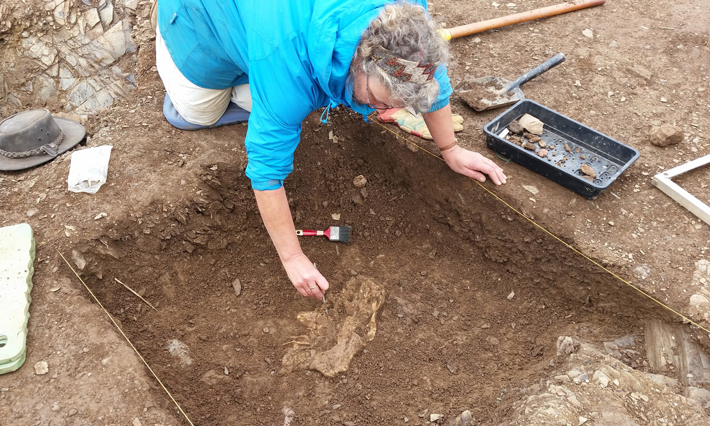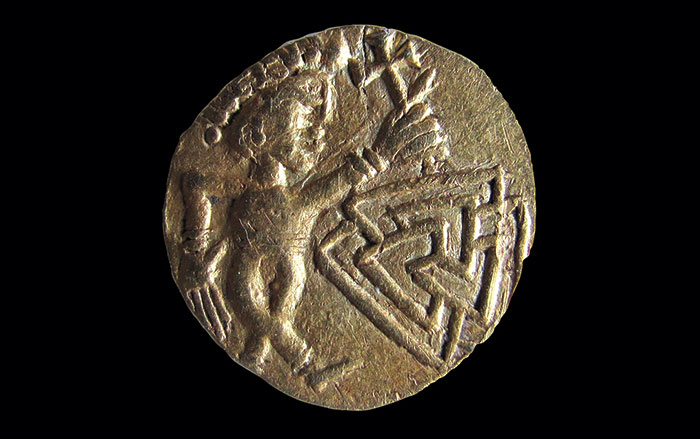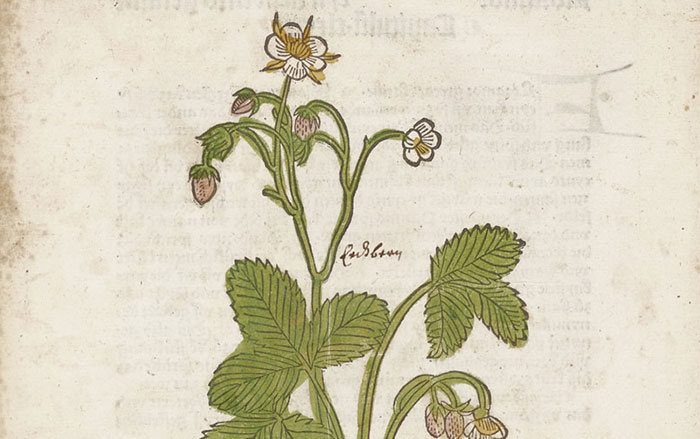
IPPLEPEN, ENGLAND—Archaeologists led by Stephen Rippon of the University of Exeter have unearthed a fourth-century A.D. butcher’s shop and possible craft center in the acidic soil of southwest England, according to a report in The Guardian. The discovery supports the idea that Roman influence stretched at least 20 miles further southwest than had been previously thought. Rippon said the abattoir likely belonged to butchers who produced high quality cuts of meat, since his team found just the heads and hooves of young cattle. Nothing would have been found, he explained, if peasant farmers had butchered their worn-out oxen. “They would have boiled down the bits that have been thrown away and made something like brawn [headcheese] out of them,” Rippon said. The fine cuts of meat could have then been stored in barrels of salted water and transported on the nearby Roman road to market. Goods such as awls, needles, combs, and hairpins made of deer antler, and perhaps even leather and textiles, are also thought to have been carried from the site, along with items crafted at a nearby blacksmith’s forge. “This all builds up a picture of Ipplepen as a settlement that is not a normal farming community but a place where craftsmen are making all sorts of things,” Rippon said. To read about a possible location for one of Julius Caesar's invasions of Britain, go to "Caesar's English Beachhead."










